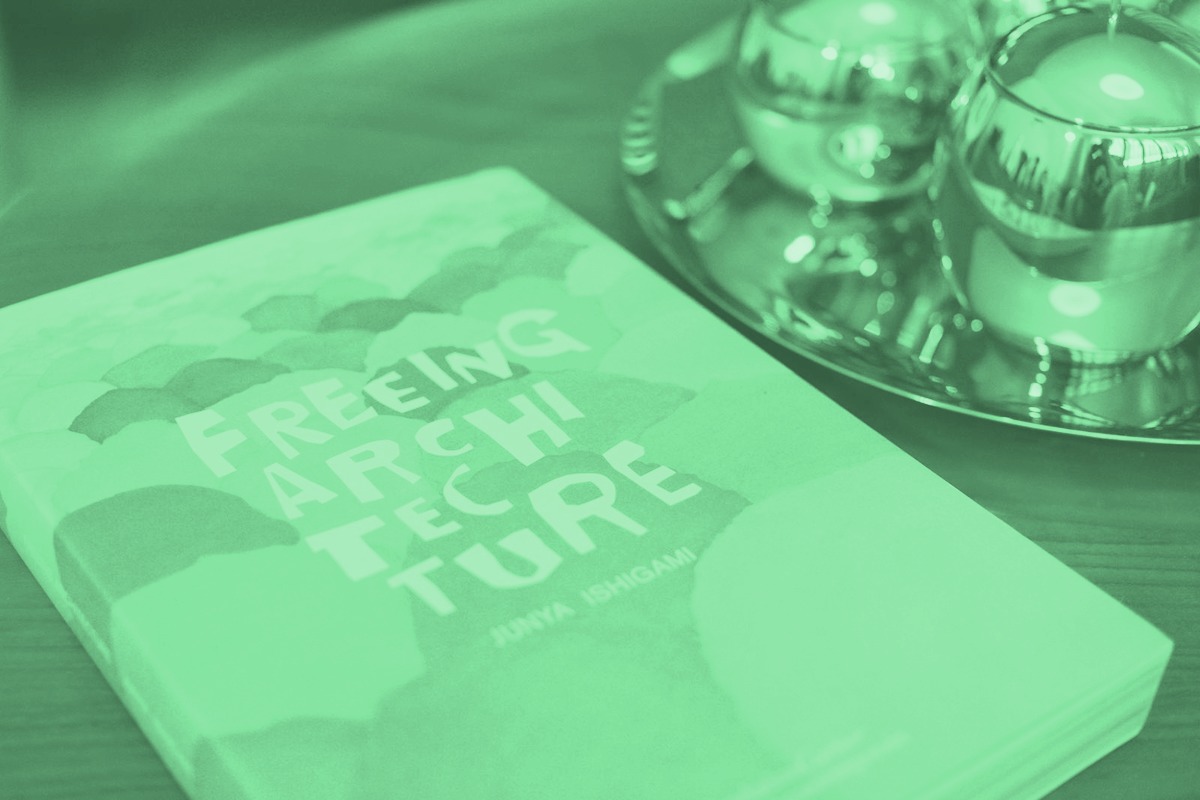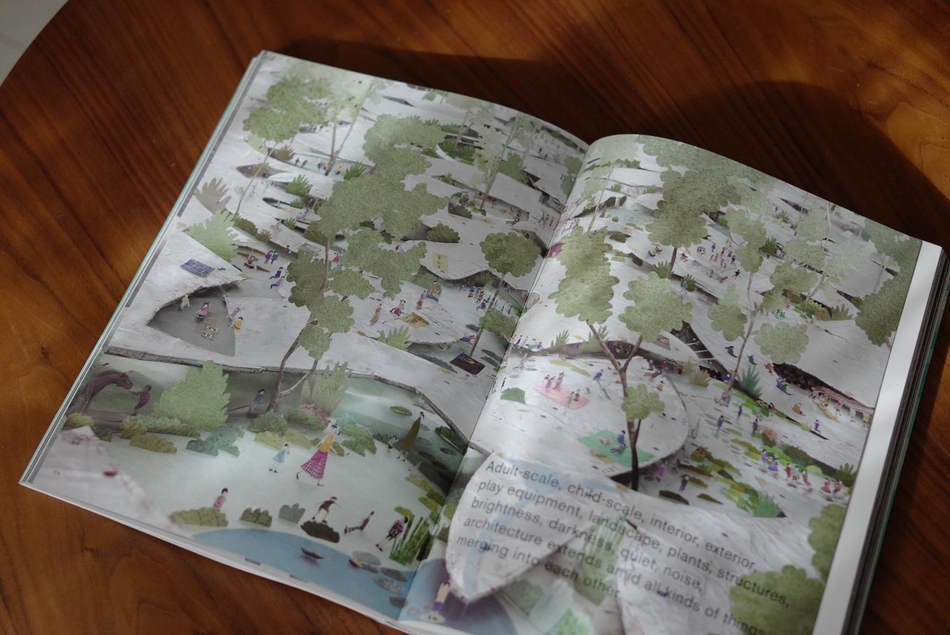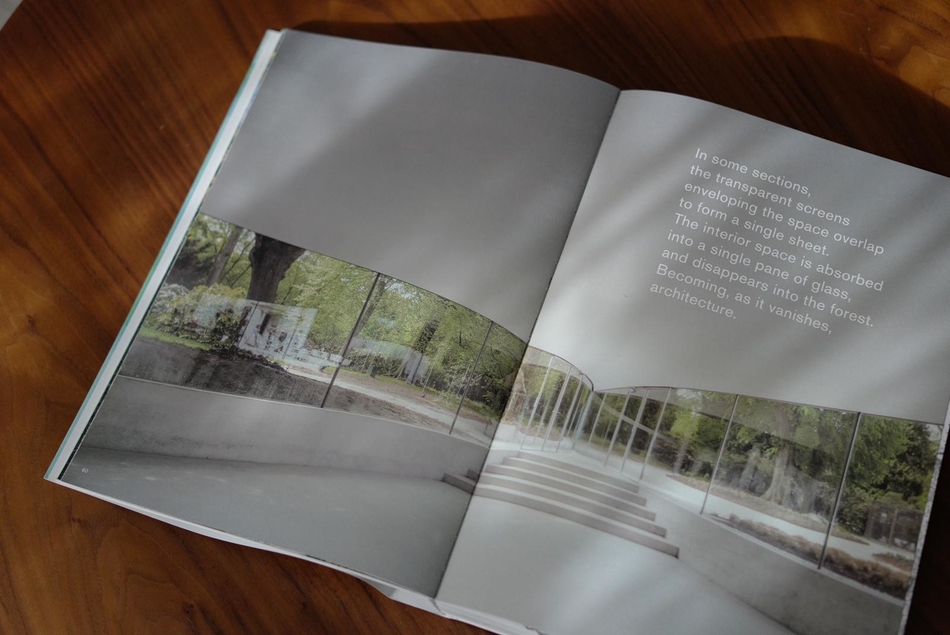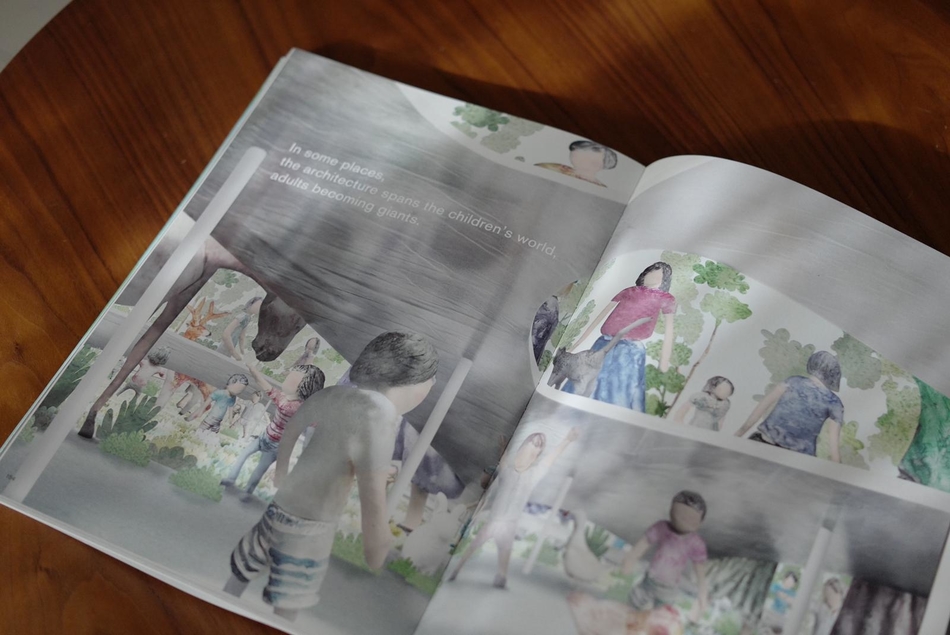Interview #47
Book Corner: “Freeing Architecture” by Jun’ya Ishigami
Bob Pang | AaaM Architects

Written and Images by Bob Pang | AaaM Architects
Translation by Wendy Yiu
A book is like a friend. We understand the world and life, or even observe ourselves through texts, and have a deep realization of oneself that we are not alone. PMQ invites different people from design and culture sectors to recommend a book, so that you can enrich yourselves as book therapy.
Why would you recommend this book?
Bob Pang: Junya Ishigami is 45 years old this year. After graduation, he had worked for SANAA for 4 years. Afterwards, he founded his own studio. Junya Ishigami is undoubtedly a young and emerging architect in Japan, who does not simply focus on the architecture of the building, but holds a different perspective on architectural philosophy.
In this book, I could see that Junya Ishigami is obsessed with some subtlety. Nature is always the inspiration, from trees, sunlight, clouds to birds' wings. In his sense, architecture is more than steel and concrete. In 2010, he was awarded the Golden Lion for Best Project in the official exhibition at 12th Venice Architecture Biennale with the work "Architecture as Air". The art structure collapsed just hours after the press got the images taken, leaving the project poised somewhere between existence and non-existence. His architectural designs are always at the forefront, and they are also extremely controversial.

"Freeing Architecture"
Author: Jun'ya Ishigami
"Freeing Architecture" is a collection of works published by Junya Ishigami in a solo exhibition at Foundation Cartier, France in 2018. Unlike general architectural design books, this book does not record professional drawings, nor does it contain lengthy thesis descriptions. Yet, there are pictures like a children’s picture book, coupled with simple and easy-to-understand, poetic-like short sentences to address Junya Ishigami’s views on architectural freedom and how his works are nature-inspired. 17 projects are presented with a total of 320 pages in this book. It is an intriguing and easy-reading book. I believe that everyone, whether you are in the field or not, will enjoy reading it.







